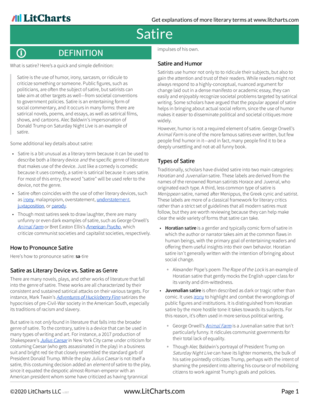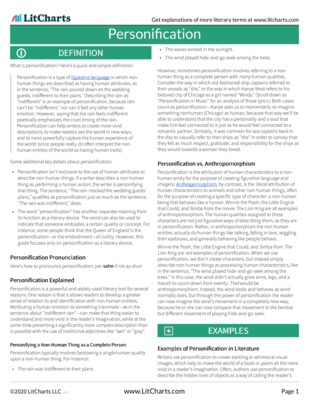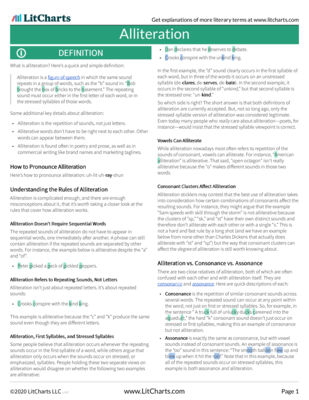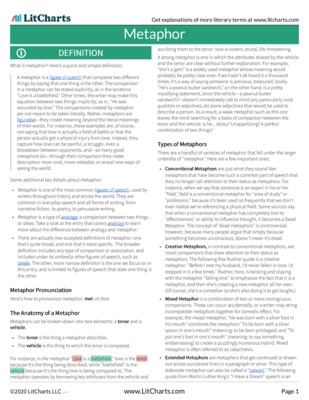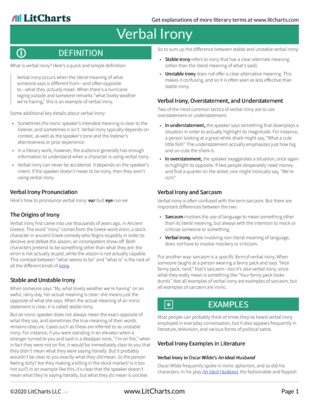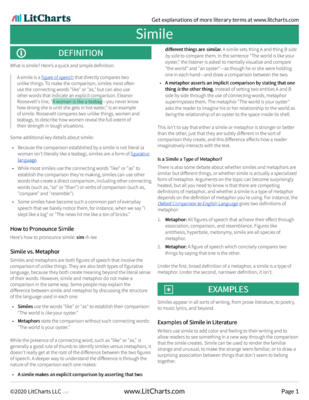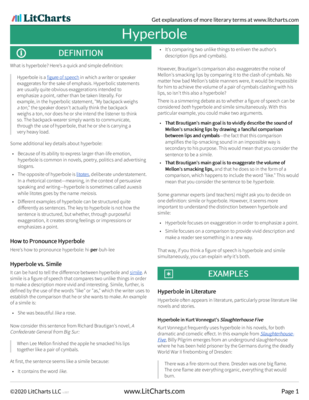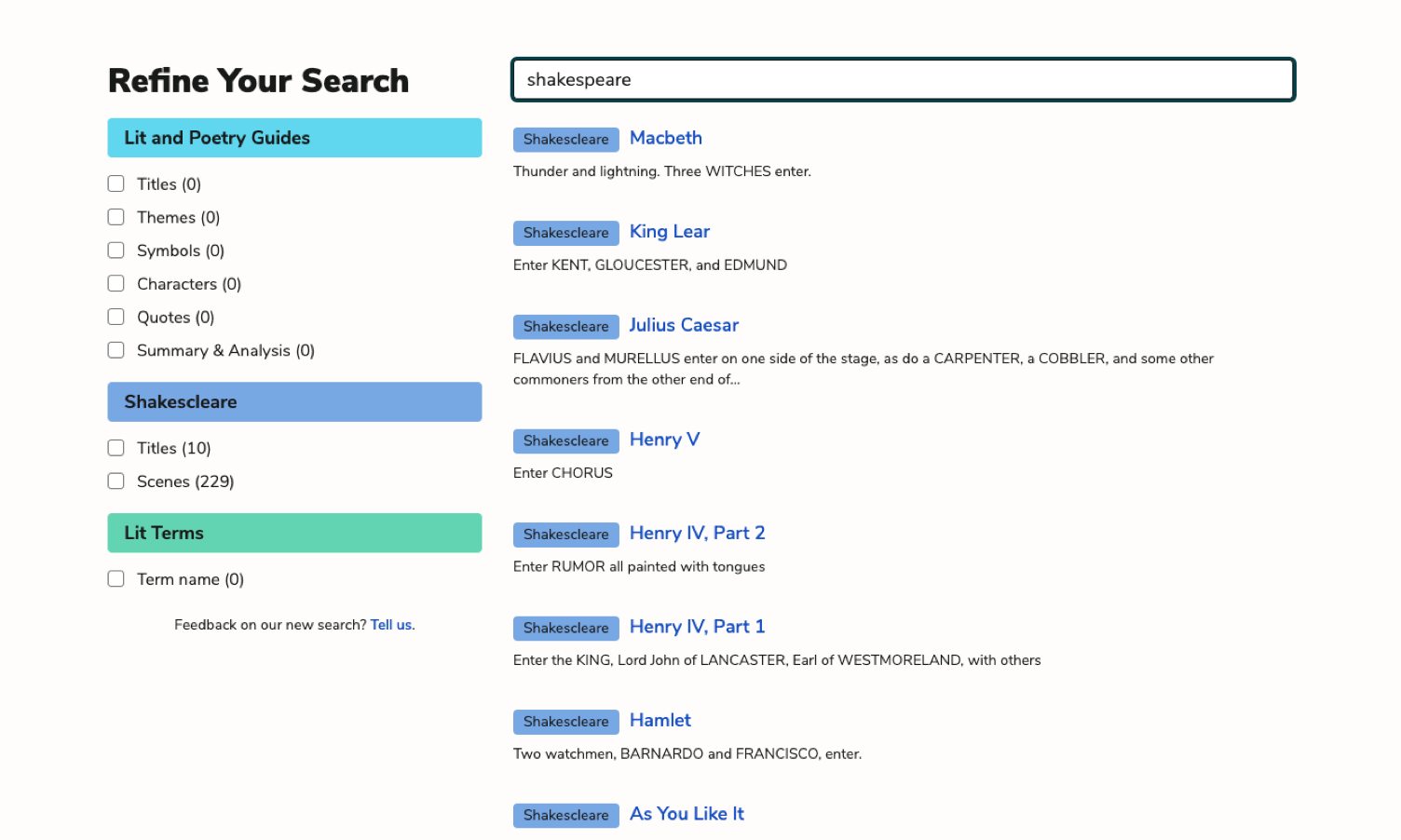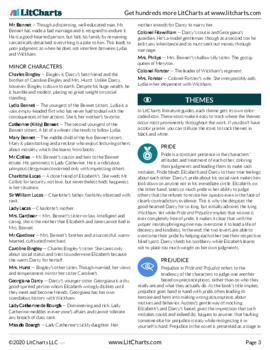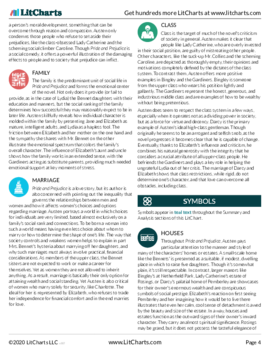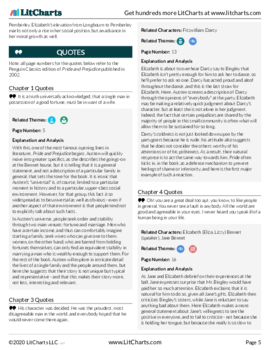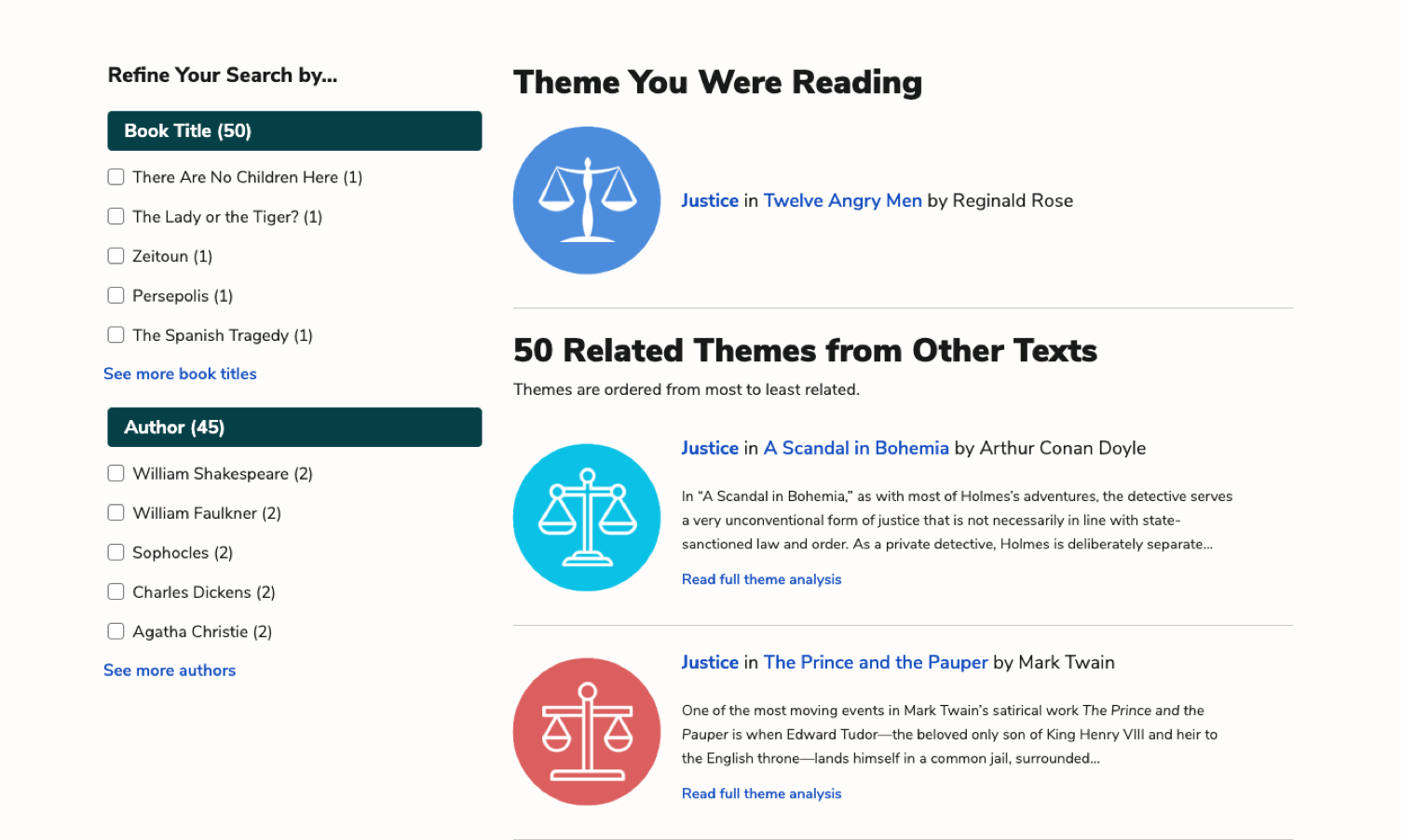- All's Well That Ends Well
- Antony and Cleopatra
- As You Like It
- The Comedy of Errors
- Coriolanus
- Cymbeline
- Hamlet
- Henry IV, Part 1
- Henry IV, Part 2
- Henry V
- Henry VI, Part 1
- Henry VI, Part 2
- Henry VI, Part 3
- Henry VIII
- Julius Caesar
- King John
- King Lear
- Love's Labor's Lost
- A Lover's Complaint
- Macbeth
- Measure for Measure
- The Merchant of Venice
- The Merry Wives of Windsor
- A Midsummer Night's Dream
- Much Ado About Nothing
- Othello
- Pericles
- The Rape of Lucrece
- Richard II
- Richard III
- Romeo and Juliet
- Shakespeare's Sonnets
- The Taming of the Shrew
- The Tempest
- Timon of Athens
- Titus Andronicus
- Troilus and Cressida
- Twelfth Night
- The Two Gentlemen of Verona
- Venus and Adonis
- The Winter's Tale
plus so much more...
-
Lines 1-4
The first four lines of "To My Dear and Loving Husband" establish the poem's themes and formal patterns. In a series of end-stopped lines (though, to be fair, line 3 could be argued as being enjambed in spite of its punctuation), the speaker compares her own marriage to the ideals and histories of marriage in general. In each case, she finds that her marriage is the very best version of marriage. It unites two people who were separate, and it is based on mutual love and satisfaction.
At the start of each line, the speaker repeats the phrase "If ever." This use of anaphora sets the stakes for the poem. The speaker isn't simply praising her own marriage, on its own terms. Rather, she is measuring it against all marriages, ever. Further, the use of anaphora helps to bind together these lines so that they build on each other, becoming a single argument for the unique power and value of the speaker's marriage. (This effect is strengthened by the poem's simultaneous use of assonance, with a strong pattern of /e/ and /ee/ sounds through the first four lines). This sense of being both separate and together mirrors the speaker's claim: she and her husband are individuals, but they also form a unit together.
In the poem's first two lines, the combination of anaphora and end-stop forces the speaker to introduce a caesura as well. Since each line is a complete sentence, the "If" clause has to be complemented by a "then" clause. The caesura marks out the parts of these grammatical units, clearly defining cause and effect, hypothesis and conclusion. This structure contributes to the sense that these lines are unusually confident and well-organized: the speaker has perfectly balanced the parts of her sentences and thoughts to fit within a line.
Additionally, in the first three lines of the poem, the speaker directly addresses her husband, using apostrophe. This choice gives the poem the feel of a passionate, but intimate declaration of love, as though the reader were eaves-dropping on a conversation between the speaker and her husband. In line four, the speaker's approach shifts. Instead of comparing her marriage to all marriages, she asks "ye women" to compare their marriages to hers. This is a shift in the poem's use of apostrophe. Instead of directly addressing a specific person, the speaker is now talking to a broad group that might include all women, ever. The poem is thus both public and private, intimate and ceremonial.
The poem's form is also clear and precise throughout these lines, which again underscores the speaker's confidence. The poem is in iambic pentameter couplets, often called "heroic couplets." This is a prestigious form, often reserved for noble, monumental subjects. In taking on the form, and in executing it effortlessly—with strong, clear rhymes and steady meter—the speaker asserts that her marriage is worthy of the form's nobility. What's more, she also argues that women are capable of taking on this prestigious form, a controversial proposition at the time of Bradstreet's writing. In light of this idea, the reference to "ye women" in line 4 becomes even more meaningful. It seems that Bradstreet might be calling women's attention to their own power, even as she seems to brag about her own marriage.

|
PDF downloads of all 3057 of our lit guides, poetry guides, Shakescleare translations, and literary terms.
PDF downloads of all 1913 LitCharts literature guides, and of every new one we publish.
Learn more
|

|
Explanations for every quote we cover.
Detailed quotes explanations (and citation info) for every important quote on the site.
Learn more
|

|
Instant PDF downloads of 136 literary devices and terms.
Definitions and examples for 136 literary devices and terms. Instant PDF downloads.
Learn more
|

|
Compare and contrast related themes.
Compare and contrast Related Themes across different books.
Learn more
|

|
Teacher Editions for all 1913 titles we cover.
LitCharts Teacher Editions for every title we cover.
Learn more
|

|
PDFs of modern translations of every Shakespeare play and poem.
PDFs of modern translations of every Shakespeare play and poem.
Learn more
|

|
Advanced search across our collection.
Advanced Search. Find themes, quotes, symbols, and characters across our collection.
Learn more
|
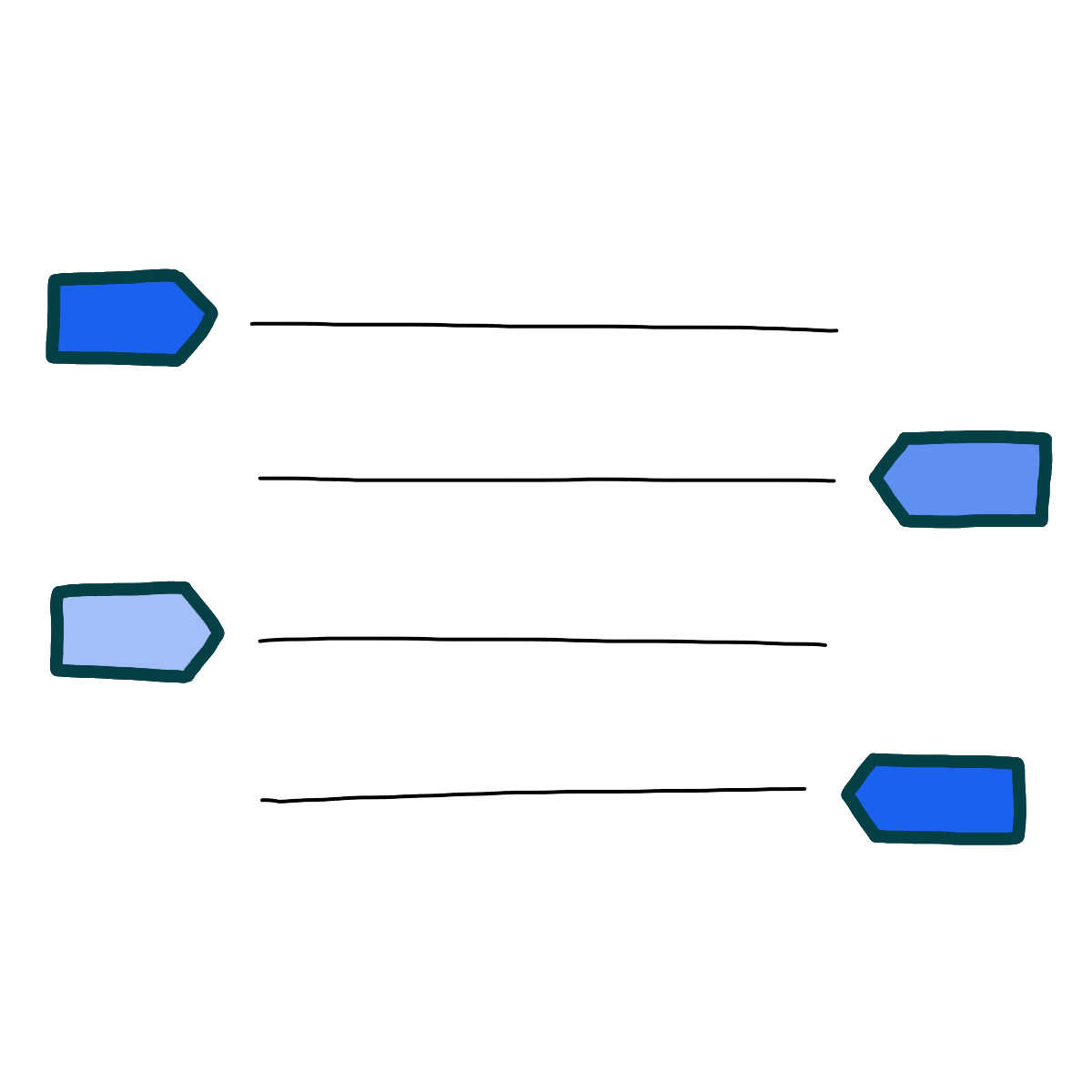
|
Line-by-line explanations, plus analysis of poetic devices for lyric poems we cover.
Line-by-line explanations, plus analysis of poetic devices for every lyric poem we cover.
Learn more
|


For every lyric poem we cover.
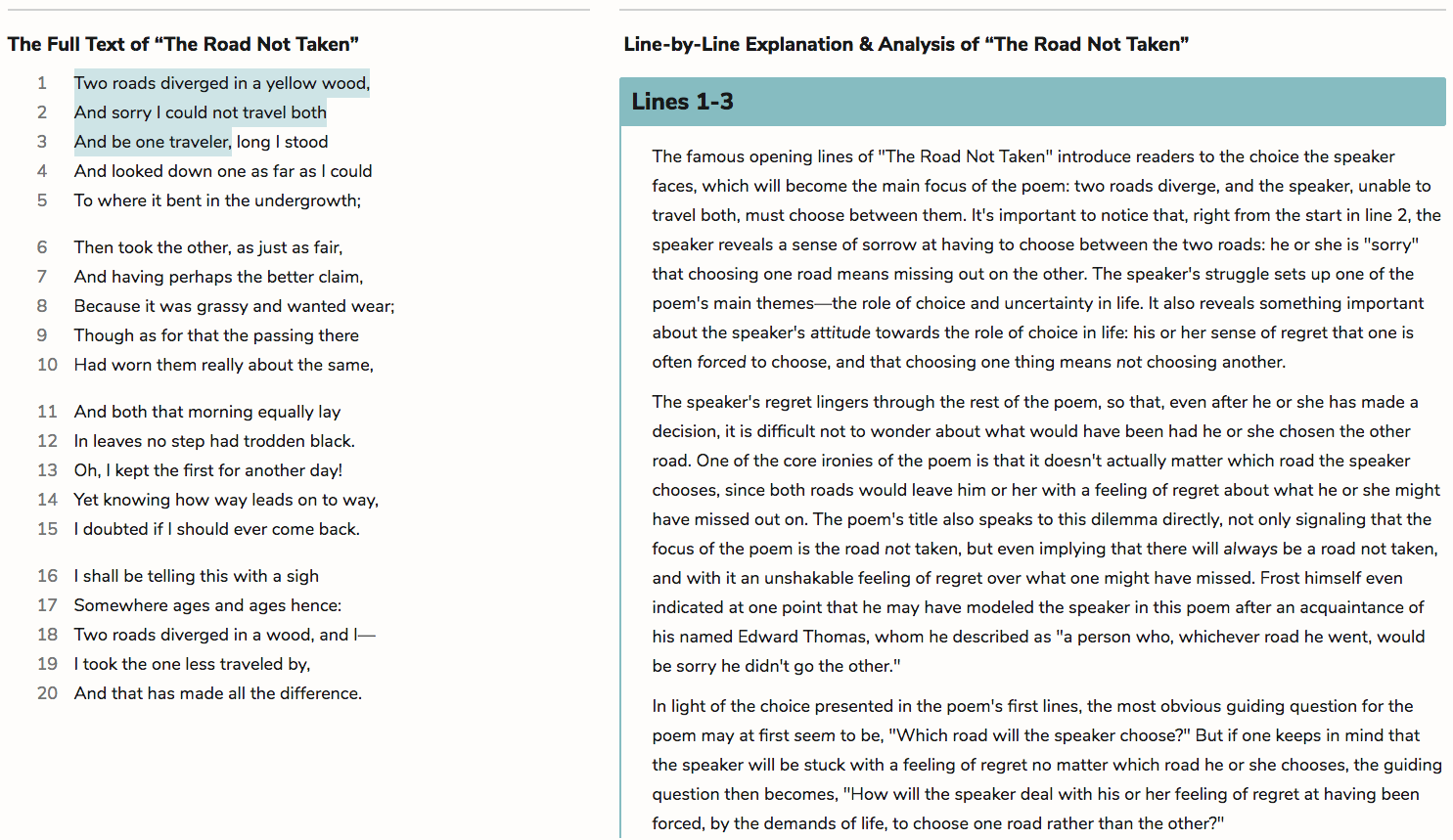


Literature Guide PDFs
LitCharts PDFs for every book you'll read this year.
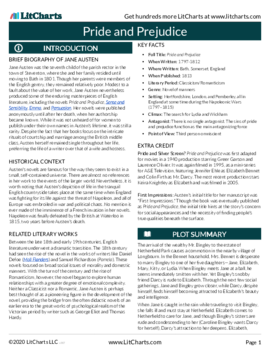


Quotes Explanations
For all 42,307 quotes we cover.
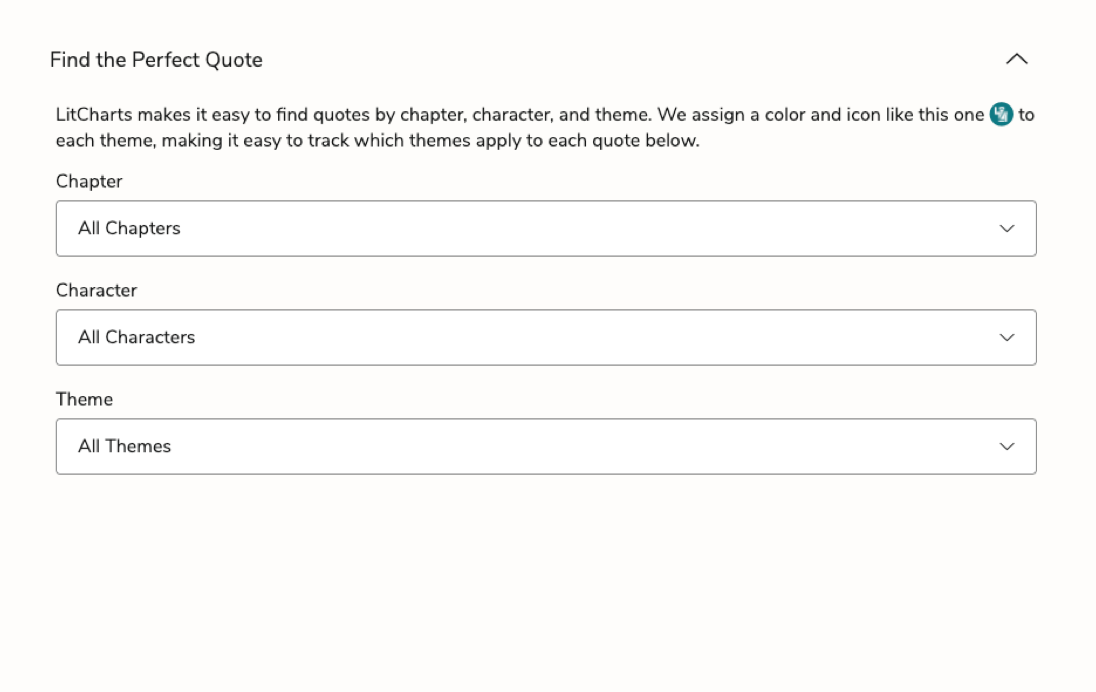
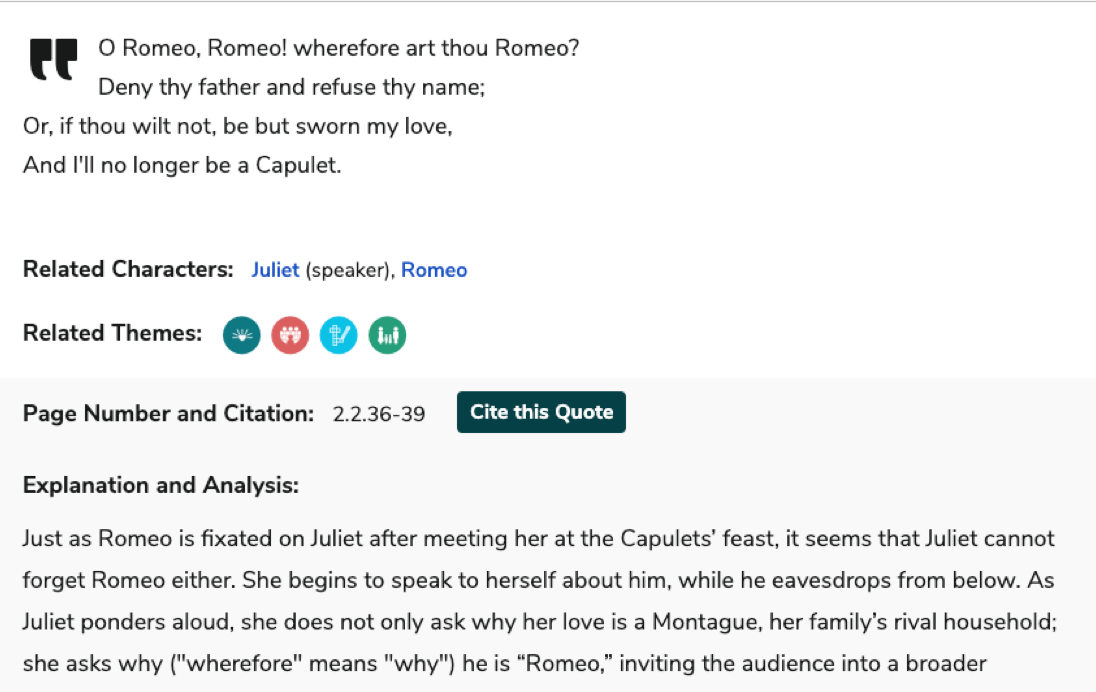
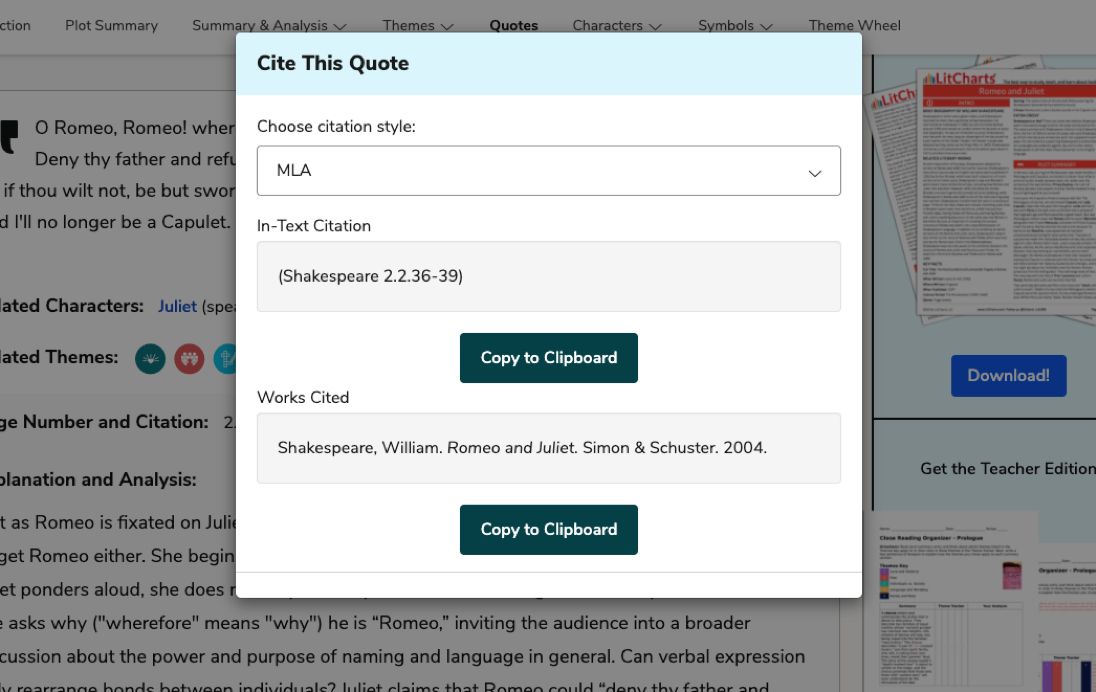


Teacher Editions
Time saved for teachers.
For every book we cover.
Common Core-aligned



PDFs of modern translations of every one of Shakespeare's 37 plays, 154 sonnets, and 3 longer poems.


Plus a quick-reference PDF with concise definitions of all 136 terms in one place.
